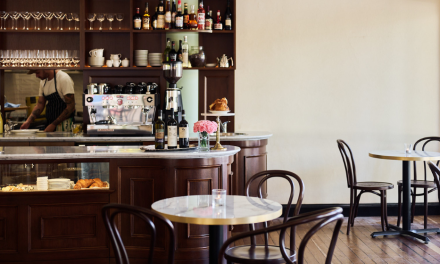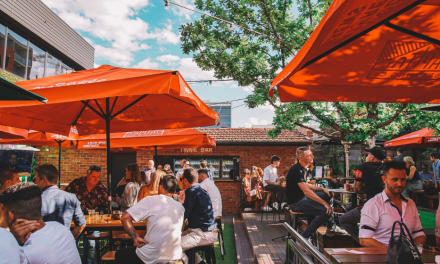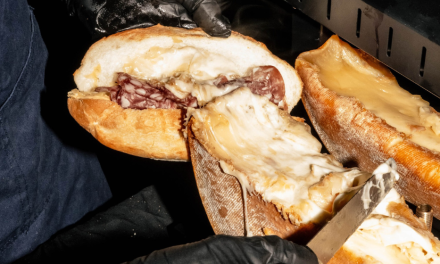I fastidiously support our democratic right to protest.
I’m in fierce, unequivocal agreement with the reason for the protests we saw in Canberra last Friday and Saturday.
434 indigenous deaths in custody since 1991 is a blight on our country.
In ordinary times, I would have been marching too.
But we aren’t in ordinary times.
The ongoing capacity limits crippling hospitality businesses is evidence that this public health emergency is not over. The ongoing restrictions on our ordinary liberties aren’t over either.
Last Friday, I was scared and uncomfortable as I watched 1000 people congregate shoulder-to-shoulder in Garema Place before marching over Commonwealth Avenue.
I was scared that a new COVID-19 outbreak at this point in time would set our industry further back, and any meaningful relaxation of restrictions would be further away. I was scared that a new outbreak would see our industry again become the public health lobby’s sacrificial lamb.
The Chief Health Officer Dr Kerryn Coleman had a choice last week. She could have respected the loss and devastation our industry has selflessly endured over the past three months, and directed that the protest be postponed until such time that a mass-gathering was deemed safe.
But she chose not to do that. Instead, the Chief Police Officer told ABC Canberra that it was fine for one thousand people to gather together, as long as police weren’t assaulted and private property wasn’t damaged.
Will the hospitality industry receive the same leniency?
While smarter people than me will determine whether this hypocrisy is sufficient grounds for a class-action against the ACT Government, the truth of the matter is that there is a double-standard at play. 1000 people are allowed gather in Garema Place with no social distance, but somehow 21 adequately-distanced patrons in King O’Malley’s beer garden presents an unacceptable risk to public health.
Apparently, inconsistencies like this are being made by the Chief Health Officer on the basis of public health modelling. For nearly four weeks the AHA has been asking for this modelling to be made public.
Releasing the modelling would go a long way to relieving the frustration in our industry, as it will provide clear scientific answers to lingering questions like:
- Why food service must accompany alcohol service;
- Why 20 patrons are allowed in an enclosed space, but a higher number like 25 presents an unacceptable risk;
- Why the 1 person per 4 square metre rule continues to apply in the ACT, despite being removed in jurisdictions with similar caseloads like Western Australia and the Northern Territory;
- Why touching a TAB wagering machine is too risky, but touching an ATM in a shopping centre is not;
- Why lotteries like KENO are not allowed in licensed premises, but are permitted in newsagencies.
Our industry will gladly accept the COVID-19 public health advice if it is accompanied by a scientific and empirical rationale – but we need to see it first.
Having asked for so long to no avail, I’m beginning to question whether this much-touted public health modelling even exists.
On the other hand, we should also recognise that if our active COVID-19 caseload doesn’t explode over the next two weeks, then these protests have presented evidence that our lives can safely return to business-as-usual much sooner than expected. These protests may prove that larger gatherings are not unacceptable risks, and that the dastardly 1:4 square metre rule is completely unnecessary.
Transparency around decision making is fundamental in our democracy. This transparency is even more urgent when policy and regulatory inconsistencies emerge.
The Chief Health Officer still has plenty of explaining to do.






